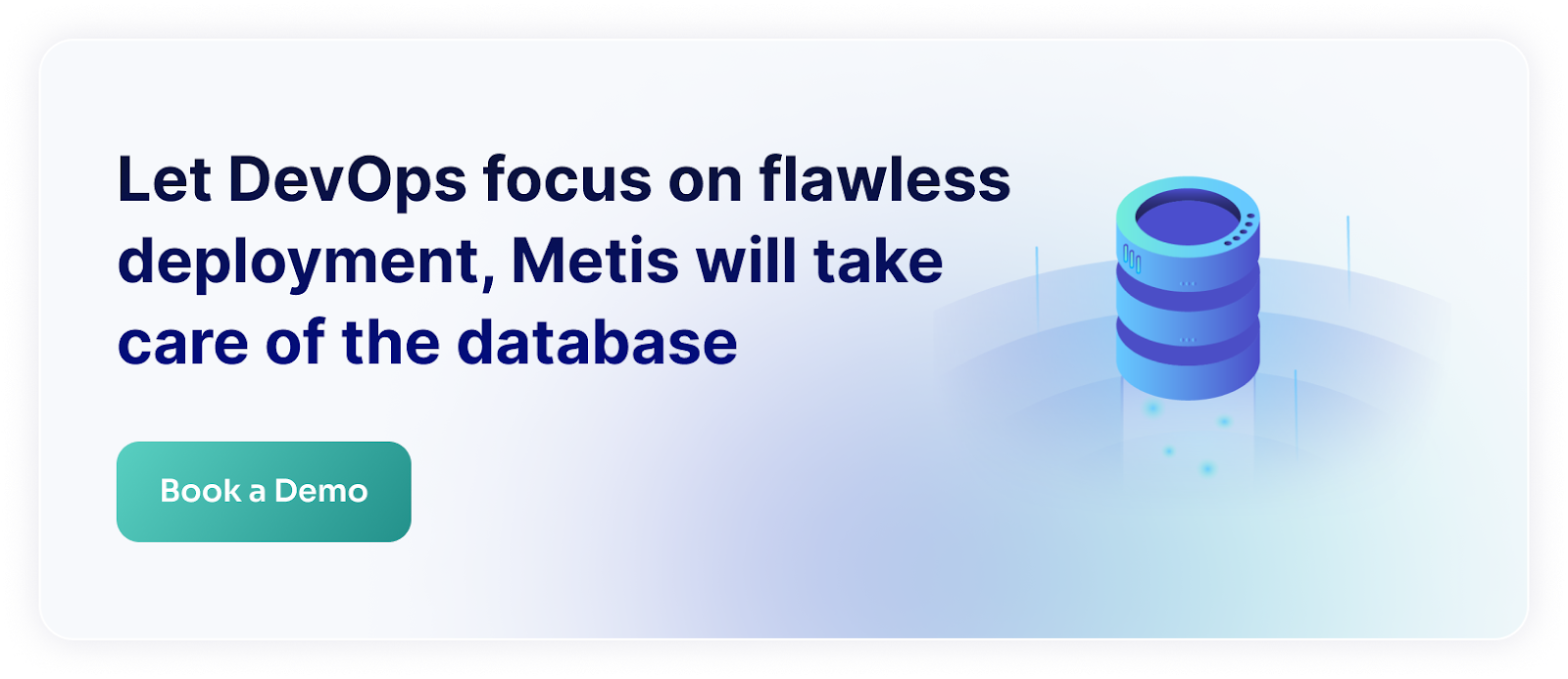Most monitoring solutions go for quantity instead of quality. They swamp users with lots of data points and metrics instead of showing them what happens and how to fix the issues. In this blog post, we will see what we need instead and how to build better solutions.
It’s Not About Quantity
Monitoring solutions excel at gathering metrics of any kind. They can bring metrics from the OS, networking, CPU, memory, disks, runtimes, virtual machines, databases, and many more. They integrate with these pieces automatically so the users don’t even need to do much to get the data points.
Unfortunately, that’s not the point.
Bringing raw data points is useful for system administrators but it doesn’t help when we’re debugging logical issues that are related to our business. For these, we need to understand the business metrics and how things interconnect.

Monitoring solutions simply can’t do that. Effectively, they just pretend like they show you useful information whereas they swamp you with rubbish.
Think about that for a second. How many times this year did you need to see metrics covering your L2 cache hit ratio? Sure, there are projects where we need to optimize things down to bare metal, but most of the time we just don’t care about these things. However, monitoring solutions excel at bringing us CPU metrics.
On the other hand, how many times did you need to check if the failing request was for a specific customer cohort or product line? Those are the metrics that we need and monitoring systems don’t handle them automatically.
You Get What You Give
If you put generic data points into your monitoring solutions, then it’s no surprise you won’t get meaningful results. We want to have solutions, reasoning, and coherent explanations. To get that, we need to feed monitoring solutions with database-oriented and business-focused metrics.
Instead of capturing raw infrastructure metrics, we need to capture things related to our databases. We need to include transactions, queries, execution plans, indexes, and other things that happen inside the database. We must also integrate with developers’ environments and extract details of deployments, code changes, schema migrations, and configurations.
Once we have all these data points, we can build coherent stories explaining what we see. We can explain that the database slows down because of the code change that we pushed to production last week and that resulted in an index not being used anymore. We don’t need to analyze low-level infrastructure metrics for that. Instead, we can use business context and development history.
Metis Is the Only Database-Oriented Monitoring Tool
Metis is the only solution in the market that builds on database-oriented metrics and incorporates everything from the developers’ environments. Metis analyzes your queries and schema migrations, and finds the issues even before you check the code into the repository:

Metis focuses on database-related metrics around your databases:

Among many other features, Metis uses AI to optimize your queries and suggest schema optimizations:

Use Metis And Stay Happy
Monitoring can be much better if it understands your ecosystem. Do not feed it with low-level metrics that nobody needs. Use solutions that can reason about your applications and give you actionable insights. Metis is the only solution that gives you peace of mind and automatically optimizes everything around databases.







